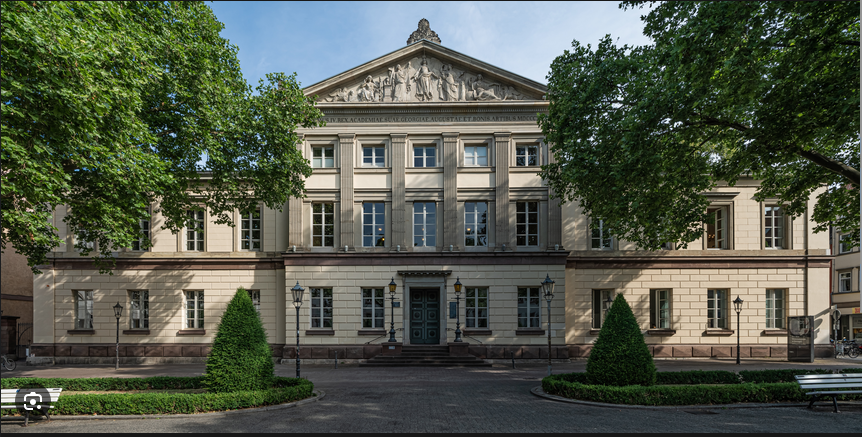Speaker
Description
One of the most significant implications, although often neglected, of the recent rise of China as an economic power has been a large positive shock in demand for agricultural commodities–and has been labeled the “other” China shock (Hansen and Wingender, 2023). Featuring prominently on the receiving end of this shock, particularly via growing demand for soybeans, is Brazil, a country in which the production of this crop more than tripled in less than two decades, from less than 50 million tonnes in 2004 to almost 122 million tonnes in 2020 (IBGE, 2021). With China as its main buyer, Brazil has recently overtaken the United States to become the world's largest producer and exporter of soybeans (FAO, 2023).[1] Among its many uses, this legume is particularly in demand to serve as animal feed.
This paper examines how this boom in soybean production, driven to a large extent by Chinese demand, led to a structural transformation, ranging from the patterns of economic activity (and its sectoral composition) to spatial inequality, in Brazilian municipalities.[2] By focusing on the role of the China shock to analyze the consequences of Brazil recently becoming an agricultural powerhouse (Hopewell, 2017), I hope not only to bridge literatures that have much to contribute to each other, but shed more light on the direction of causality. To do so, I exploit two sources of plausibly exogenous variation to propose a new instrumental variable for Chinese demand for soy. Moreover, the analysis builds upon panel data for all Brazilian municipalities, and is designed to be able to capture crucial spatial dynamics, in particular by making use of a novel measure of spatial inequality–aspects that have mostly been absent in the related literature.
Although exports of other agricultural commodities produced in Brazil have also risen, soybeans account, by far, for the largest increases in revenues and planted area. Moreover, differently from traditional, subsistence agriculture, soy–which is responsible for approximately 14% of the country's export revenues (MDIC, 2022), and is planted by more than 250,000 producers in over 1,500 municipalities all over the country's territory (Martinelli et al., 2017)–is a huge business, highly capital intensive and reliant on constant technological innovation (Hopewell, 2017, Navarro and Pedroso, 2018).[3] Importantly, it is “one of the least labor-intensive agricultural activities” (Bustos et al., 2016, p. 1328), and usually the “domain of wealthy agribusiness entrepreneurs” (Fearnside, 2001, p. 28). As such, the crop is often linked to extreme income concentration (Kaimowitz et al., 1999).
Therefore, it is not surprising that what happens to soybeans in Brazil may have implications that go well beyond the agricultural sector. As Bustos et al. (2016, 2020) show, the introduction of genetically engineered soybean seeds in Brazil by itself has had profound effects on the structure of the economy, including positive spillovers to the manufacturing sector, and increases in capital accumulation. In the case of the China shock, it is not yet clear what the consequences of a potential trade-induced specialization are. On the one hand, there is a growing concern that this agricultural boon might only benefit a few, and contribute to further (premature) deindustrialization (and “re-primarization”) in Brazil (The Economist, 2022).[4] There is, however, the possibility that–similarly to what Bustos et al. (2016, 2020) observe, and in line with a strand of the structural transformation literature (Foster and Rosenzweig, 2008, Hornbeck and Keskin, 2015, Gollin et al., 2021, Gollin and Kaboski, 2023)–also in this case productivity gains in the agricultural sector, spearheaded by soy, might lead to broader and long-lasting socio-economic gains (VanWey et al., 2013, Weinhold et al., 2013, Garrett and Rausch, 2016, Martinelli et al., 2017, Sánchez-Ancochea, 2021, Piras et al., 2021).[5]
Nevertheless, the consequences for economic inequality are often neglected in the structural transformation literature, even though there are good reasons to expect significant adjustments in the distribution of income and wealth–especially when considering forces that affect factor endowments (Sokoloff and Engerman, 2000). Hence, I devote significant attention to examine who benefits from this demand shock. To do so, I employ a measure of spatial inequality, recently proposed by Weidmann and Theunissen (2021), based on light density data at the grid level. In addition to being available at yearly intervals, it has the considerable advantage of not being constrained to administrative borders.[6]
Footnotes:
[1] Soybeans are one of the world's most commercialized commodities, reaching a total trade volume of US$64 billion in 2020 (Escobar et al., 2020). As citizens in emerging economies–in China in particular–become more affluent, and adapt their dietary patterns accordingly, the growing appetite for meat has led to a substantial increase in the demand for soybeans (da Silva et al., 2017).
[2] For a review of the literature on trade-induced structural transformation, see Alessandria et al. (2023).
[3] As Hopewell (2017) puts it, this transformation both confirms and defies Prebisch's (1962) well-known theory that agriculture cannot be an engine for economic growth and development. Contra Prebisch, “the rapid expansion of its agribusiness exports contributed to fostering [Brazil's] macroeconomic stability, fuelling high rates of economic growth and boosting government revenues” (Hopewell, 2017, p. 3).
[4] So far, I abstract away from the role of the conventional, supply-side China shock (Autor et al., 2013, 2016, 2020, Costa et al., 2016). This is work in progress.
[5] Although not the object of this paper, a major drawback is, of course, the environmental damage associated with large-scale soybean plantation. See, for instance, Fearnside (2001), Nepstad et al. (2006), Barona et al. (2010), Hargrave and Kis-Katos (2013), Dreoni et al. (2021), Song et al. (2021), and Carreira et al. (2024).
[6] Previous literature has, at best, relied on the municipal Gini index of income inequality, which is available only every ten years, and presents limited and/or descriptive evidence only (e.g., Weinhold et al., 2013, Martinelli et al., 2017).

